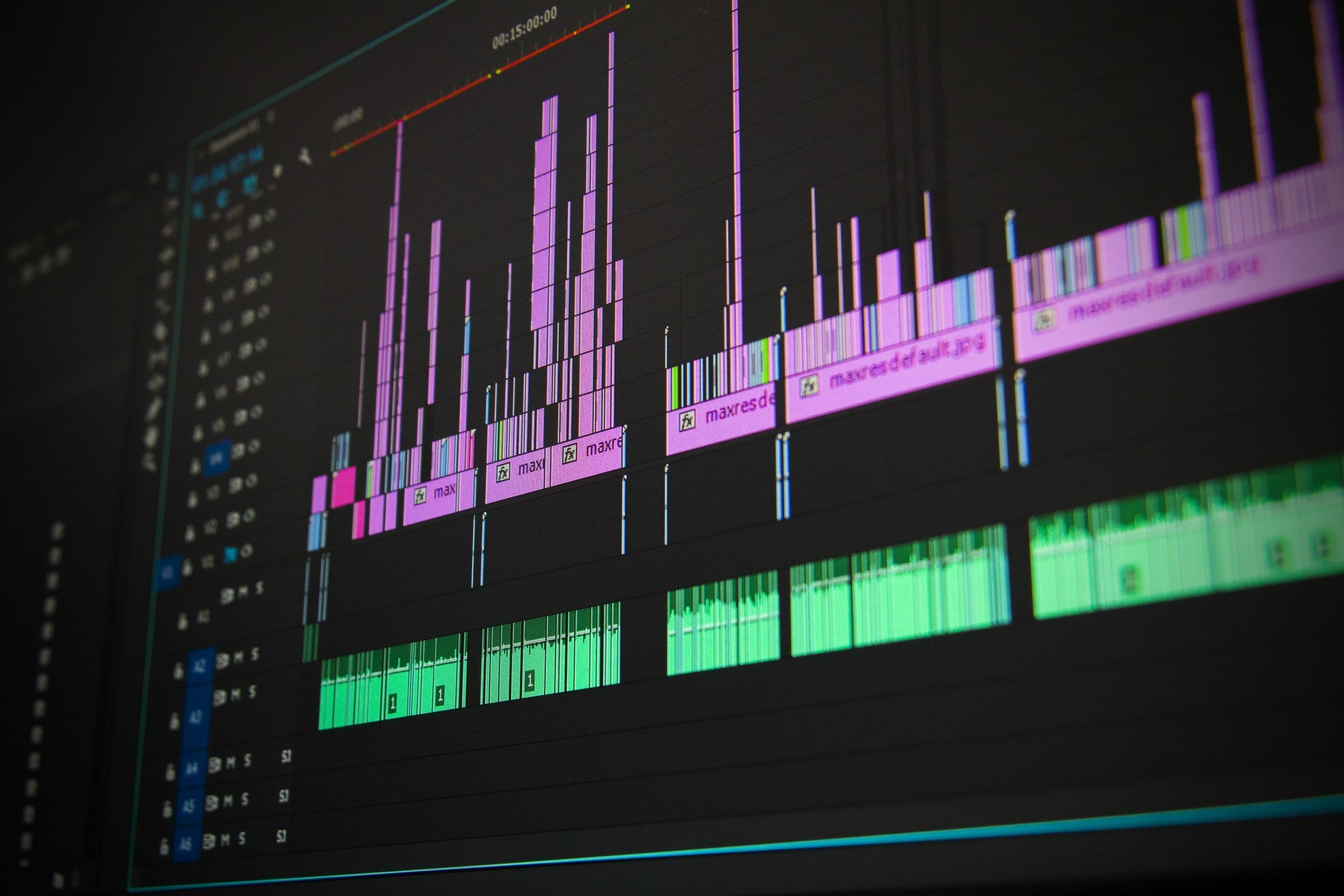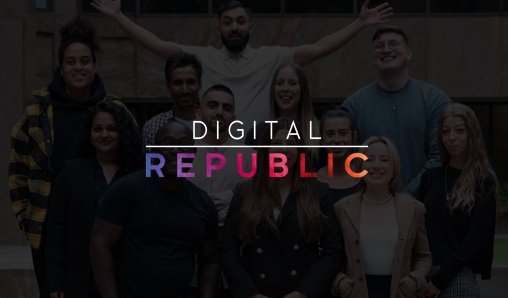
The price is right? Let the data answer that
The price is right? Let the data answer that
Contributor David Dowhan says now that programmatic advertisers have nailed audience targeting, it’s time to apply the same array of data to bid management.
 Programmatic audience targeting has increasingly become table stakes and today provides fewer performance increases than in years past.
Programmatic audience targeting has increasingly become table stakes and today provides fewer performance increases than in years past.
There are plenty of vendors providing competitive (and increasingly comparable) ways to target consumers based on the data available through third-party exchanges. After years of innovation, audience targeting is reaching a new level of maturity, and marketers are looking for new ways to gain an edge.
One opportunity to find that edge lies in applying the same data used to segment audiences to processes — including that collected offline — outside audience targeting, namely to determine the right price to pay. In that respect, bid optimization has emerged as a new venue for innovation in display advertising, using many of the same tools already well-proven in the world of audience segmentation.
You don’t hear as much about using offline data and technology to determine accurate bidding. I look across the industry and still see the lion’s share of the efforts devoted toward using offline data and technology to segment audiences, while the same offline data and technology remain comparatively underutilized when it comes to optimizing bid price.
New differentiator: bid price optimization
Who wouldn’t want to increase conversion rates while decreasing cost per acquisition (CPA) without changing the targeting? Too many people assume that real-time bidding (RTB) has this optimization baked into the auction format, that supply and demand will always ensure that we’re paying the best price. That’s not the case. In reality, bid decision-making is based not only on supply and demand market forces but on algorithms, and those algorithms are only as good as the data that informs them. In audience targeting, we typically layer in first-party data, offline data and other proprietary sources, but bidding algorithms don’t.
There’s a plausible reason that marketers don’t seize this advantage: the methods for determining RTB pricing are opaque compared to those for fixed targeting audiences. The costs for a fixed targeted audience are clearly stated, but the actual pricing for RTB is usually determined by black-box algorithms and is aggregated as an average CPM post-campaign. Typically, we don’t learn why some impressions are worth more than others or whether someone is pulling prices out of thin air. And as a result, we fail to grasp the ways we can further optimize for bid price.
More transparency would help to address this frustration, but it’s more likely that business outcomes will drive adoption. There’s reason to think that they will.
How bid optimization will play out
Imagine that online click activity shows a group of consumers are very interested in washing machines. Current targeting would value them all equally. A marketer’s Demand-Side Platform (DSP) can then access cookie data points — such as site visits, device type, time of day and search keywords — to determine bid prices for the impressions.
Now imagine that additional data from offline sources (credit card information, for example) shows which people are more likely to purchase and which are not. The more informed marketer accessing the offline data points is able to adjust the base bids, lowering the bid price for people less likely to purchase and repurposing the savings for people who are more likely to purchase.
Another of my favorite examples is the new car shopper. Plenty of folks are looking at cars, searching for them, browsing websites. They send strong and verifiable signals of purchase intent. Their demographic over-indexes with new car owners more generally. Problem is — they are not all equally valuable, and the bidding should reflect their value.
Bringing more data to bear in bidding
If you’re targeting the right audience, then you will be spending more money on the people that matter more and less on the ones that don’t. The net effect is that conversions will increase and average cost-per-action will drop. This is the same for bidding. It’s better for marketers to use more data in the bid decision-making to understand who to pay more for and who to spend less on.
As marketers know, first-party data, offline data and conversion indices are hugely important for audience targeting. What they might not know is that those data points and others are also pertinent to determining how much to pay for impressions.
With the increasing commoditization of third-party exchange data, it is easier than ever to find the right person to receive a marketing message. The last five to 10 years of programmatic evolution have gotten us to this enviable point. Now, the focus needs to expand to paying the right price for that impression.
This can be done, in the majority of cases, with the data already on hand. But a lack of transparency — and a degree of blind faith in market dynamics — has left the critical stone of bid price optimization mostly unturned. Turning it promises to deliver more efficiency and accuracy for marketers.


